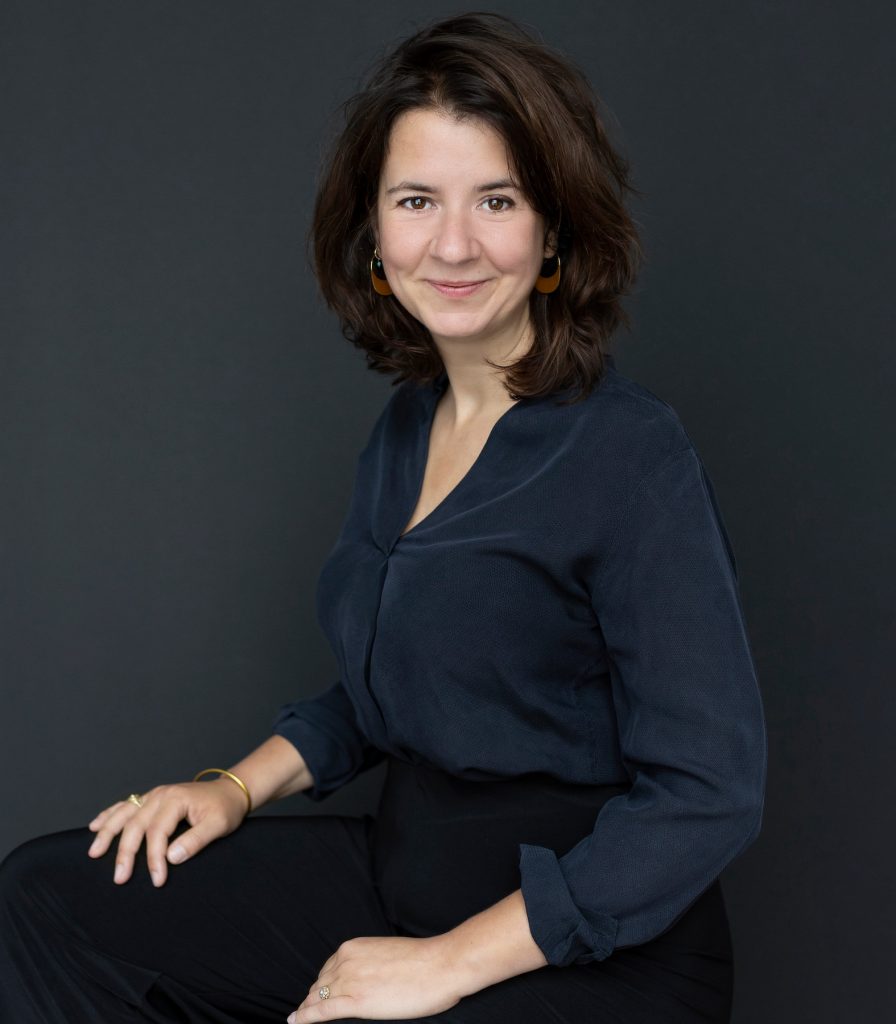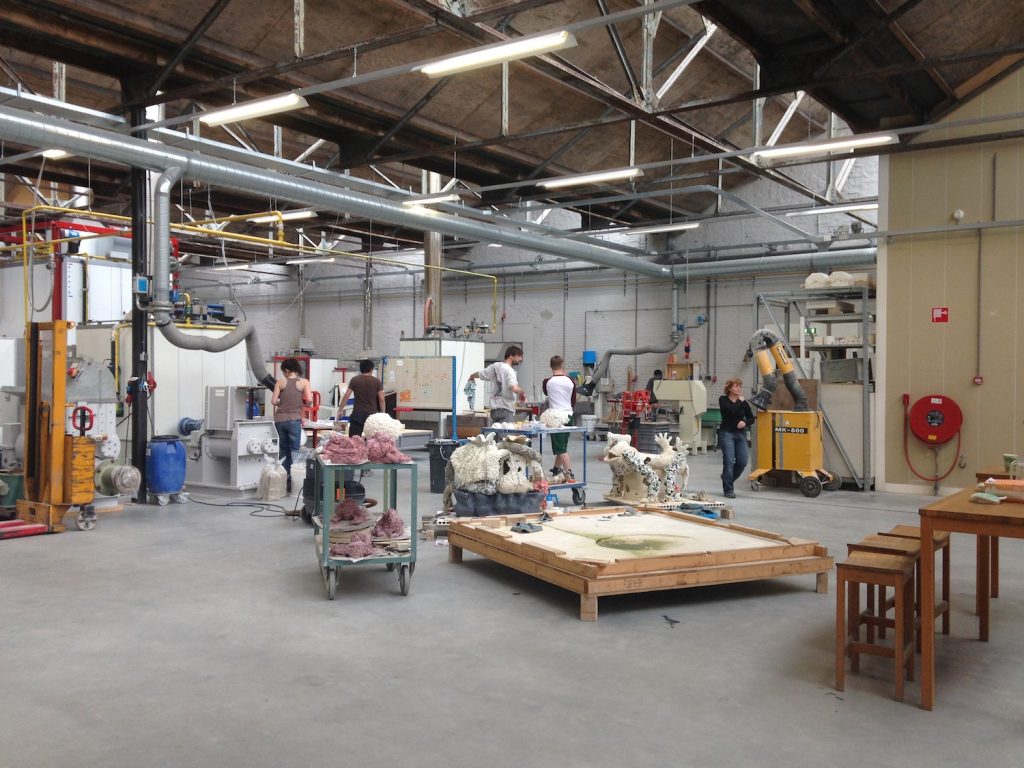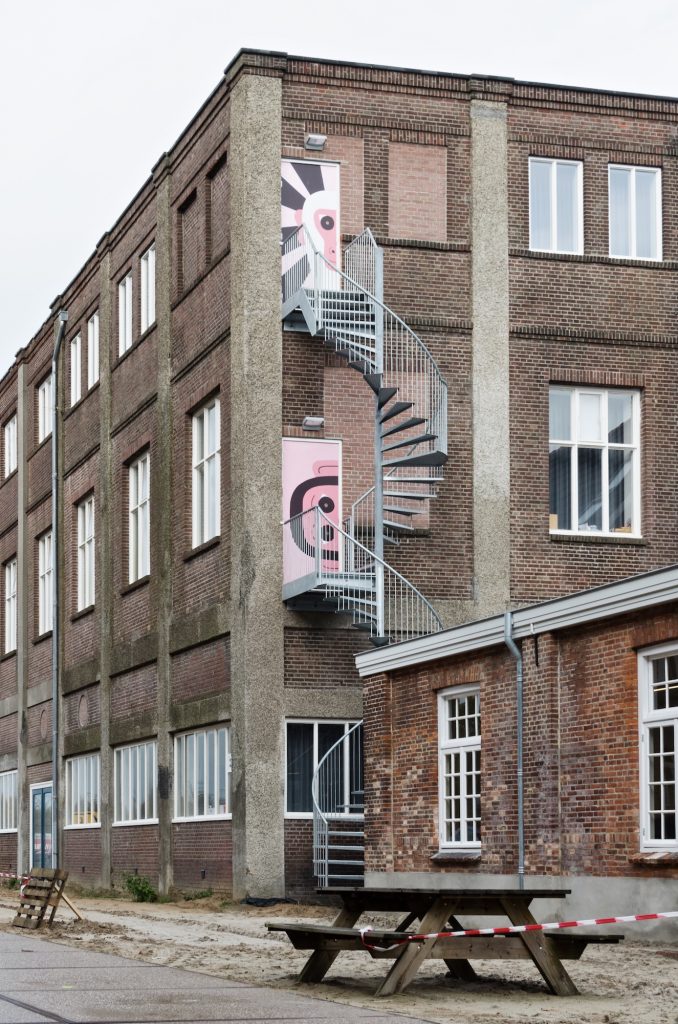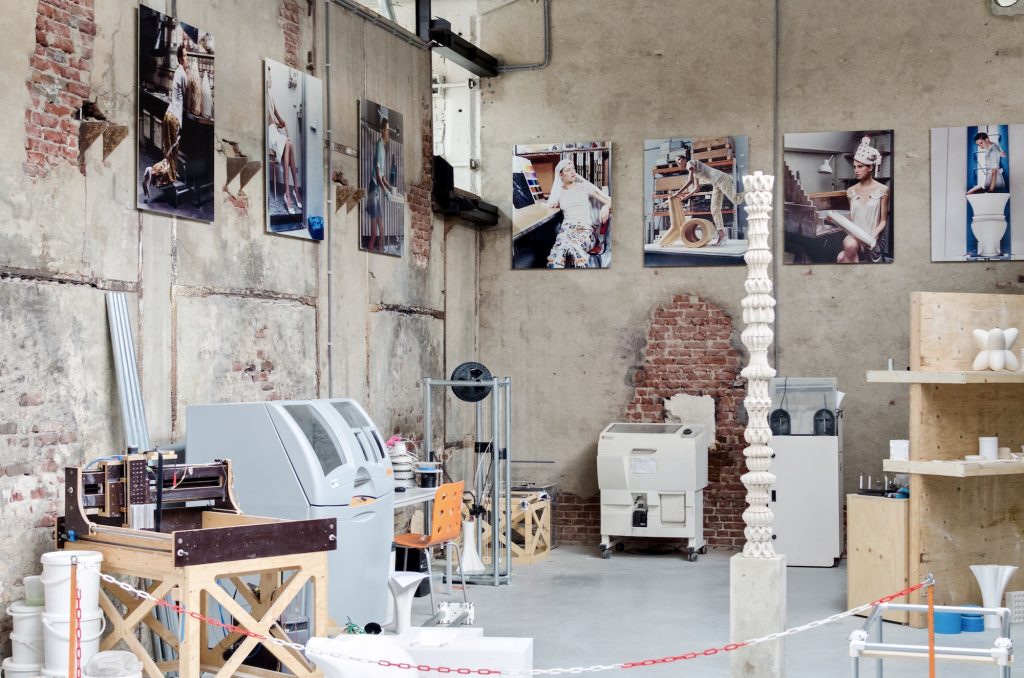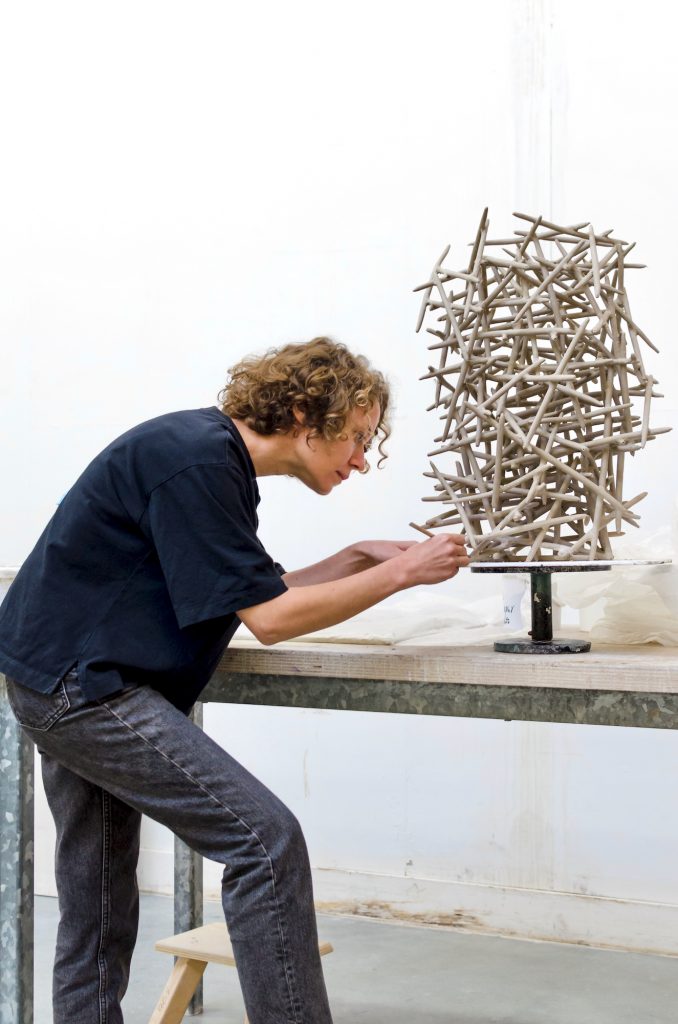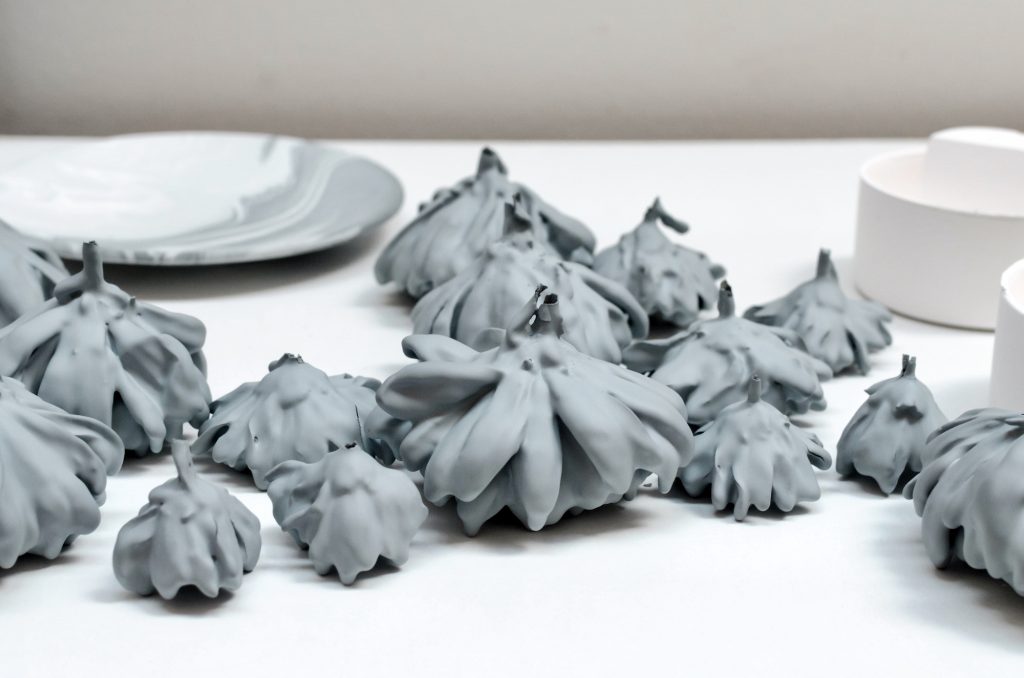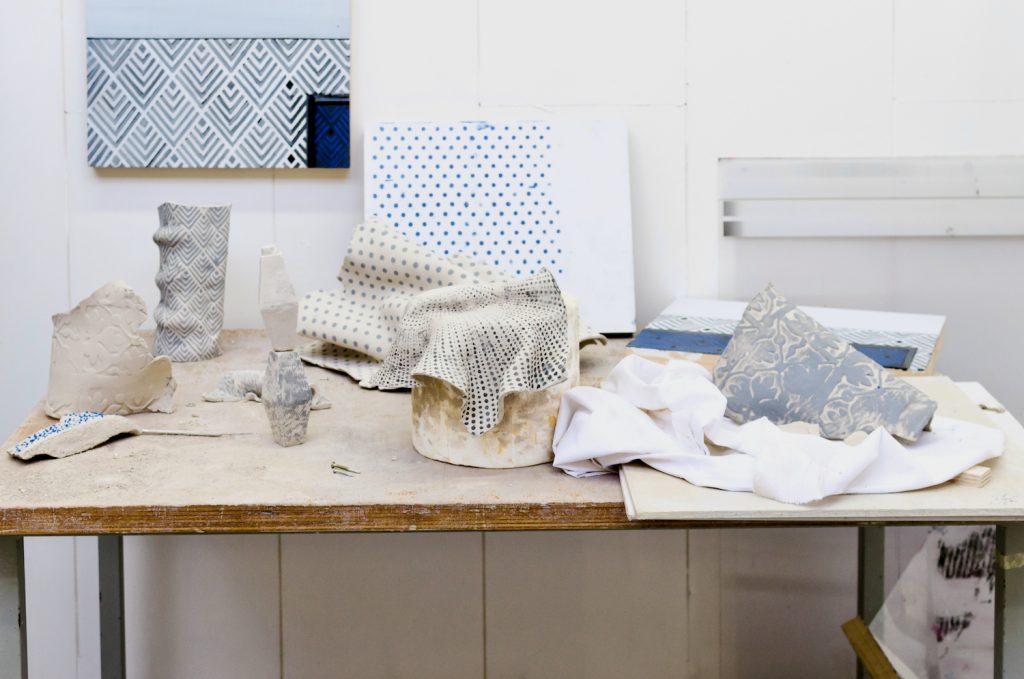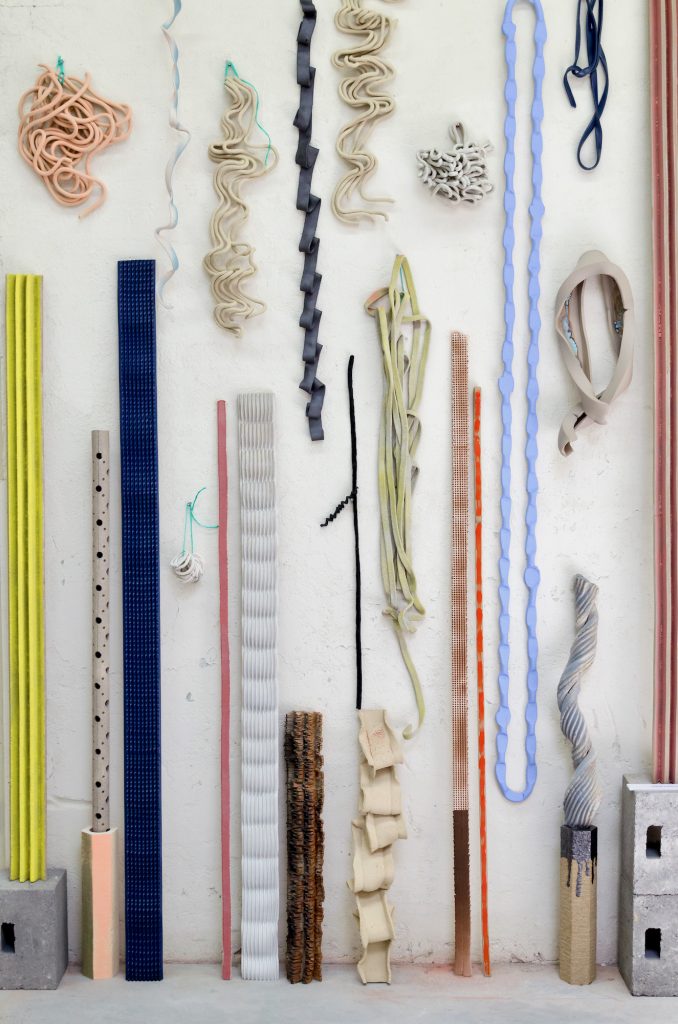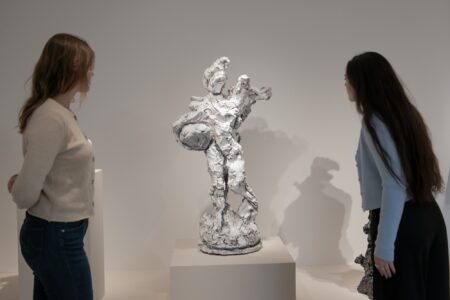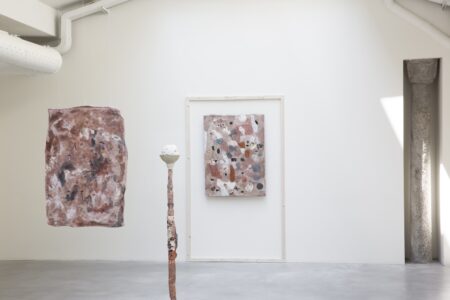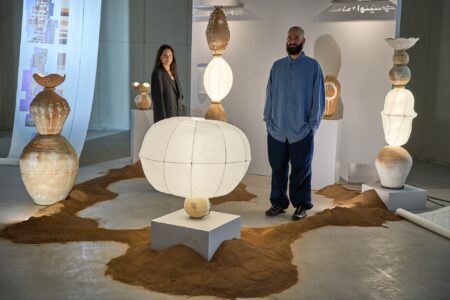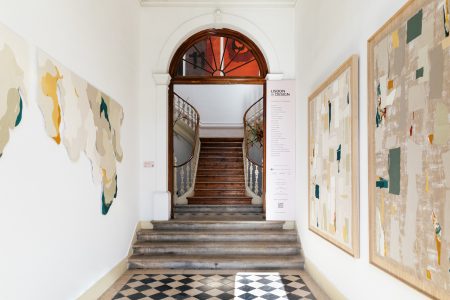Clay Matters: Geertje Jacobs
TLmag spoke to Geertje Jacobs about her new role as the director of the EKWC, the unique artist-in-residency centre in Holland focused on ceramics.
Established in 1969 by ceramicist Jan Oosterman and curator Bernadine de Neve of the Boijmans Van Beuningen, the EKWC fills an important role in the continuing growth of ceramics in art, design and architecture. In October 2022, Geertje Jacobs, who has worked for several leading Dutch museums including the National Glass Museum and the Textile Museum, became the new EKWC director. As the press release stated, “In Jacobs, the EKWC has found an inspiring and energetic connector who has a solid track record in the cultural sector”. TLmag spoke to Jacobs about the history of this unique centre, her vision for the near future, and its current call for applications.
TLmag: Please tell us a bit about the history of the EKWC.
Geertje Jacobs: The centre was initiated in 1969. At the time, the idea was to provide recently graduated ceramic artists with the facilities they couldn’t finance themselves. A place to work, wheels, kilns, tables, drying trolleys. Some technical support and creating relationships with museums and galleries… That’s how the centre started in Heusden, with minimal staff, in an old building that wasn’t really suited for the purpose and was under reconstruction for years. Once the centre was well established, however, it started to attract foreign ceramists like Jacqueline Poncelet, Colin Pearson or Nicholas Homoky, but also reputable painters and sculptors who were interested to work with clay for a change, such as Lothar Fischer or Alphons Freijmuth.
In 1982 Hans Boom, the first non-ceramist, was invited to work in the centre. With no experience in ceramics, almost all projects Boom started failed miserably. Anton Reijnders developed a new curriculum for guiding the ceramic process for non-ceramists, which required a different set of skills from the staff. This method developed and evolved over the years, but it’s still based on the same principles.
TLmag: The setting itself, in an old leather tannery, seems quite unique…
G.J.: In 2015, the centre moved to its current location in Oisterwijk. Oisterwijk is in between Eindhoven and Tilburg and easy to reach by train. In addition to a studio and an apartment, artists-in-residence gain access to the workshop with various kilns, a specialized team, a plaster, glaze, wood, metal and a research department, a spray booth and a library that is accessible day and night.
Thanks to the spacious building, EKWC is now able to receive the general public, higher education and business groups. The centre frequently collaborates with international art academies, scientific institutes, galleries, museums and the (ceramic) industry. Knowledge acquired in both technical and artistic fields is recorded, made available and distributed internationally in the form of masterclasses, exhibitions and publications as before.
TLmag: What sets the EKWC apart from other ceramic residencies?
G.J.: Apart from the great facilities and technical possibilities, I believe the approach of guiding artists from all disciplines through the ceramic process in three months, makes the residency and the results of the residency unique.
Our participants are artists, designers and architects, more than 75% of whom have never worked with ceramics before. They come from all parts of the world, their age ranges from 25 to 65 years: from young talents to established artists, from beginners to experienced ceramicists.
TLmag: How many artists are in residence at one time? What is the application process?
G.J.: The EKWC annually welcomes about 65 artists, designers, architects and other creative professionals from all over the world. They all come to work here for a period of 12 weeks. We are currently having a new call for applications with a deadline of 15 January 2023.
TLmag: Are you a ceramicist yourself? How did you get involved with the EKWC?
G.J.: I am an Art Historian, not a ceramicist. I have a background in museums. Amongst other places, I worked in the Textile Museum in Tilburg and the National Glass Museum, both institutions with a professional workshop for artist and designers. I love to work in a place where art is made and where we can cherish, maintain and develop the techniques and experiences.
TLmag: What are you looking forward to working on in your new post?
G.J.: I am looking forward to working with a very professional team in an international surrounding. Our main challenge is to keep the ceramic process alive and ready for the future. Energy prices, resources and materials are increasing by the day. We must keep the residencies affordable for all artists. Furthermore, we would like to make the process more sustainable, circular and less polluting. That’s our main goal for the years to come.
@ekwc_oisterwijk
All photos by Ad van Lieshout unless otherwise noted. Courtesy of the EKWC
